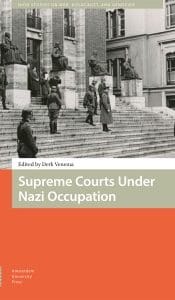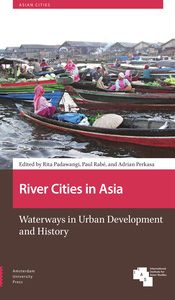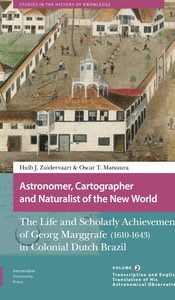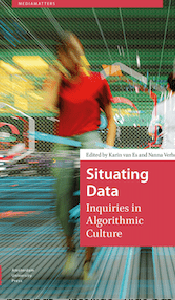Materializing the Roman Empire is a book that looks at using archaeology to understand the Roman Empire better. It’s edited and has different authors explore how stuff and objects – material culture – shaped how the Empire worked as it got bigger and eventually fell apart.
There are three main sections:
First part looks how technologies like roads, writing, and money helped tie the Roman world together and let it grow in the first place. These chapters show how having these systems in place across the Empire was key to making it work.
Then it switches to examining important structures in Roman society that depended a lot on materials and physical stuff. This includes trade, cities slavery, craftspeople, borders – chapters that explore on how materials were critical to how those areas operated within the imperial Roman context.
The last chapters connect material culture to more conceptual things like art, ideologies religion. They analyze how physical objects and stuff had a big role in the power dynamics and social divisions that shaped what it meant to be Roman.
So basically the book looks at how integral physical materials were to the processes of Roman imperialism from start to finish, using archaeology in an innovative way. The chapters review major topics in Roman archaeology through the lens of material culture to give us new perspectives.
Recommended for:
- Scholars and students interested in Roman archaeology, material culture studies, and the dynamics of imperialism in the ancient world.
- Researchers studying the diverse ways in which material forms and practices were integral to the processes of Roman expansion, consolidation, and fragmentation.
- Those seeking an interdisciplinary, critical examination of the key institutions, technologies, and social structures that shaped the Roman Empire from an archaeological perspective.
- Readers interested in exploring the intersections of power, ideology, identity, and materiality in the Roman imperial context.
- Archaeologists, historians, and interdisciplinary researchers exploring topics related to ancient roads, writing, coinage, trade, urbanism, slavery, craft production, frontiers, art, religion, and imperial ideology.
You will:
- Gain a comprehensive, up-to-date overview of major themes and approaches in the archaeology of the Roman Empire.
- Explore how material culture was fundamental to the processes of Roman imperialism, both in terms of integration and fragmentation.
- Understand how technologies such as roads, writing, and coinage functioned as mechanisms of imperial control and interconnection.
- Examine the material dimensions of key social structures and activities in the Roman world, including trade, urbanism, slavery, craft production, and frontier dynamics.
- Analyze the ways in which art, religion, and ideology were materialized and mobilized to support and challenge imperial power.
- Engage with critical, post-colonial perspectives on the nature of Roman imperial authority and its socio-cultural impacts.
- Consider the diverse ways in which material culture can illuminate the complex, multifaceted nature of the Roman Empire.
Citation
Tanner, J., & Gardner, A. (Eds.). (2023). Materialising the Roman Empire. UCL Press. https://www.uclpress.co.uk/collections/open-access/products/211066







